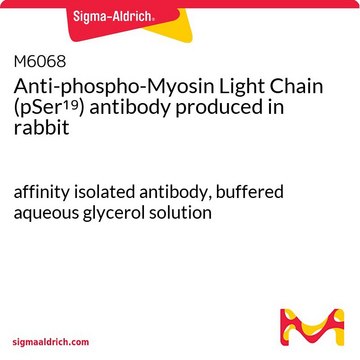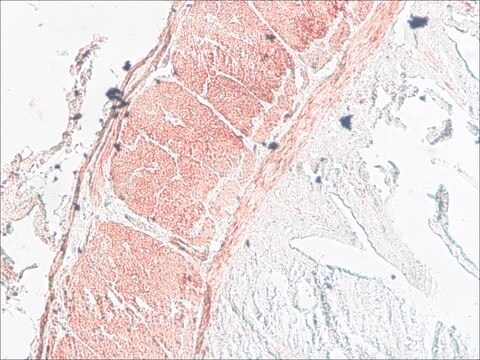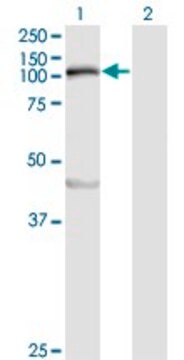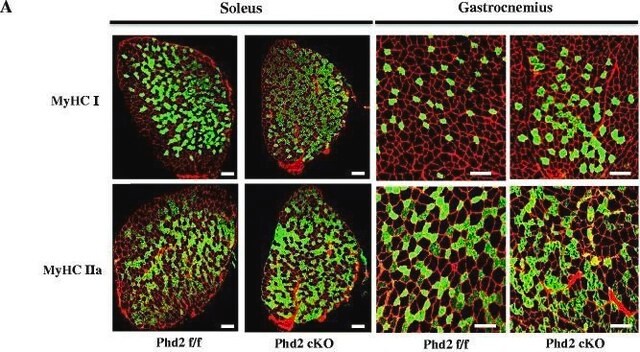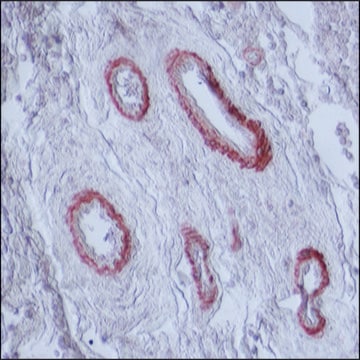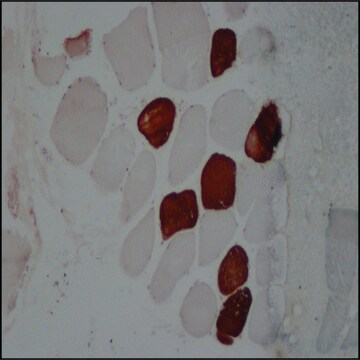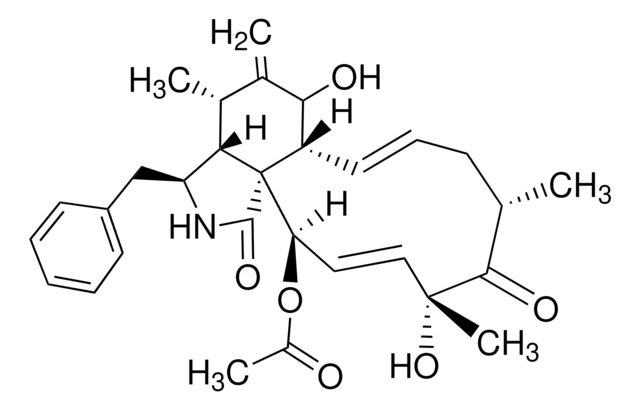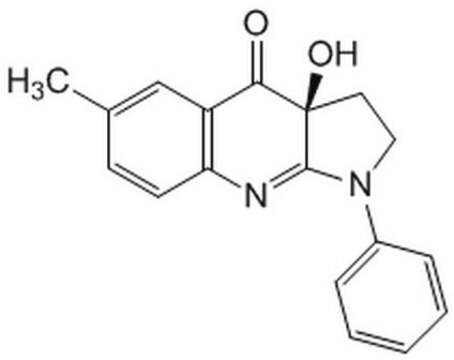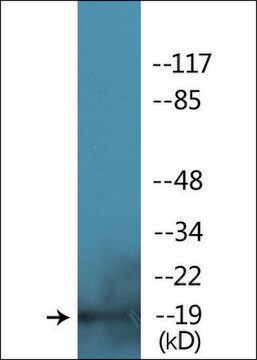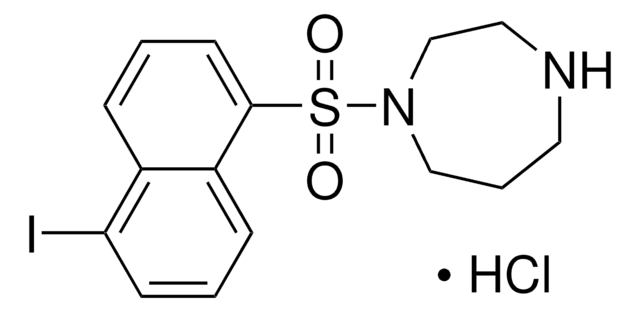M7905
Monoclonal Anti-Myosin Light Chain Kinase antibody produced in mouse
clone K36, ascites fluid
Sinonimo/i:
Anti-KRP, Anti-MLCK, Anti-MLCK1, Anti-MLCK108, Anti-MLCK210, Anti-MMIHS, Anti-MMIHS1, Anti-MSTP083, Anti-MYLK1, Anti-smMLCK
About This Item
Prodotti consigliati
Origine biologica
mouse
Livello qualitativo
Coniugato
unconjugated
Forma dell’anticorpo
ascites fluid
Tipo di anticorpo
primary antibodies
Clone
K36, monoclonal
contiene
15 mM sodium azide
Reattività contro le specie
avian, mammals
tecniche
immunoprecipitation (IP): suitable
microarray: suitable
western blot: 1:10,000
Isotipo
IgG2b
Condizioni di spedizione
dry ice
Temperatura di conservazione
−20°C
modifica post-traduzionali bersaglio
unmodified
Informazioni sul gene
human ... MYLK(4638)
Descrizione generale
Specificità
Immunogeno
Applicazioni
- immunohistochemistry
- immunoblot (diluted 1:10,000) analysis
- flow cytometry
Azioni biochim/fisiol
Stato fisico
Stoccaggio e stabilità
Esclusione di responsabilità
Non trovi il prodotto giusto?
Prova il nostro Motore di ricerca dei prodotti.
Codice della classe di stoccaggio
10 - Combustible liquids
Classe di pericolosità dell'acqua (WGK)
WGK 3
Punto d’infiammabilità (°F)
Not applicable
Punto d’infiammabilità (°C)
Not applicable
Certificati d'analisi (COA)
Cerca il Certificati d'analisi (COA) digitando il numero di lotto/batch corrispondente. I numeri di lotto o di batch sono stampati sull'etichetta dei prodotti dopo la parola ‘Lotto’ o ‘Batch’.
Possiedi già questo prodotto?
I documenti relativi ai prodotti acquistati recentemente sono disponibili nell’Archivio dei documenti.
I clienti hanno visto anche
Il team dei nostri ricercatori vanta grande esperienza in tutte le aree della ricerca quali Life Science, scienza dei materiali, sintesi chimica, cromatografia, discipline analitiche, ecc..
Contatta l'Assistenza Tecnica.
